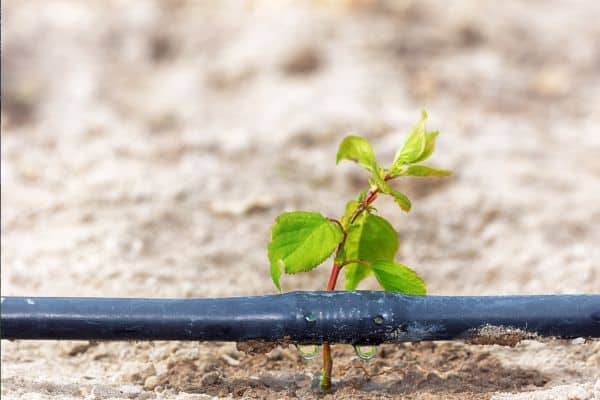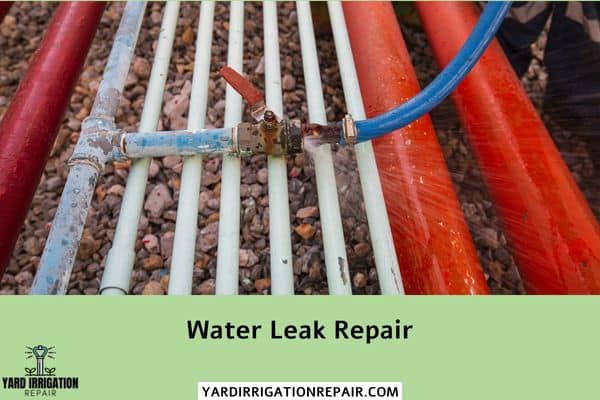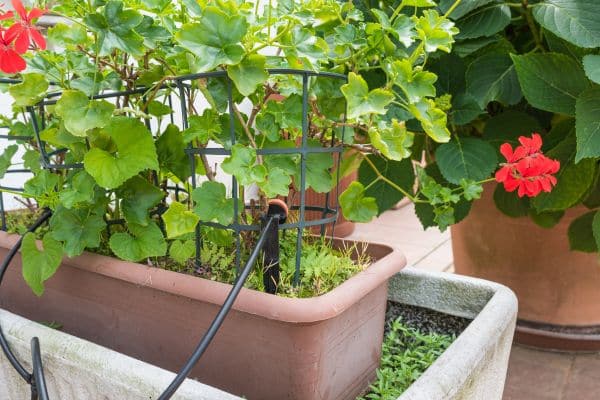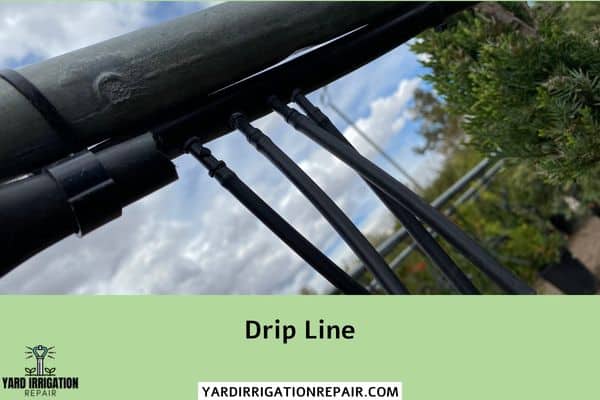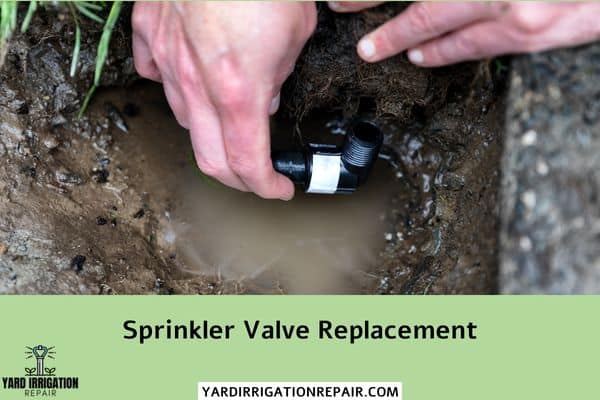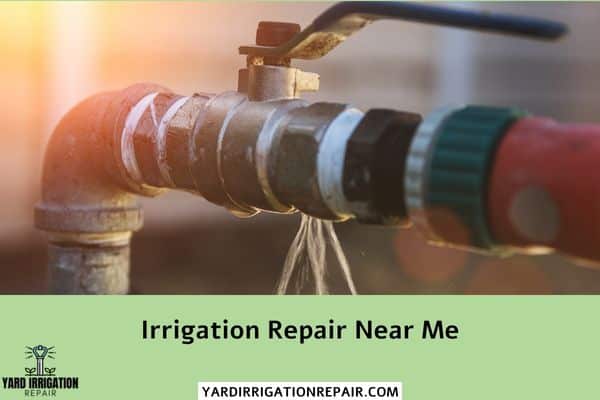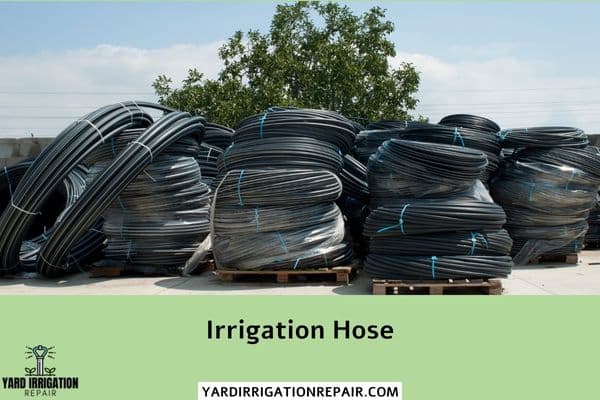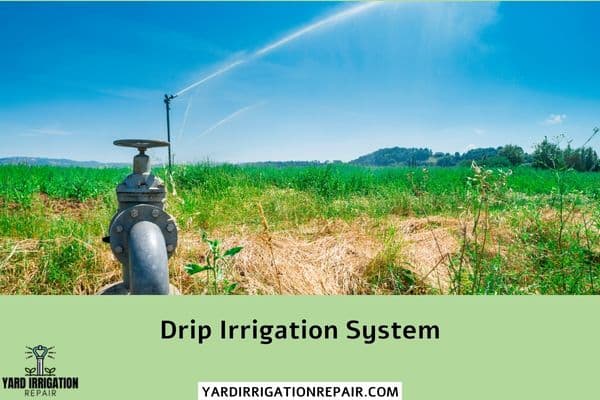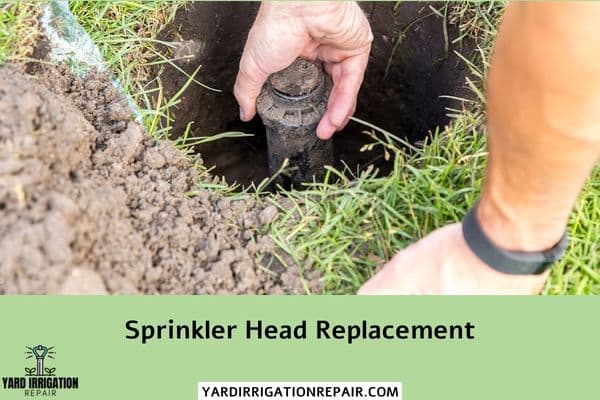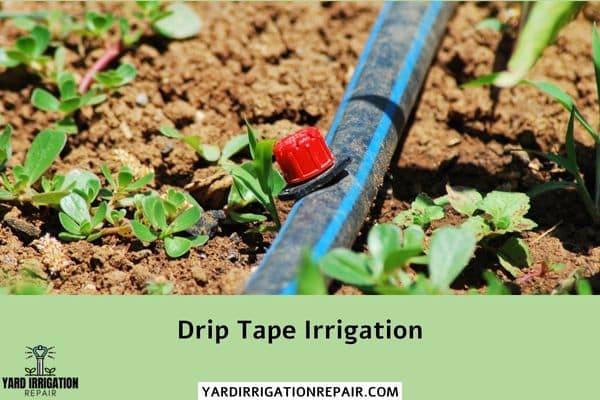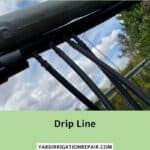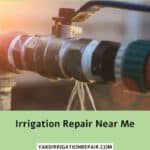If you’re looking for an easier and more efficient way to keep your garden and lawn watered, then look no further than drip irrigation.
Not only does it provide a more even distribution of water throughout the landscape, but it also saves on time and energy. Whether you are a beginner or experienced gardener, there is a wide variety of options available that will help make your job simpler.
Read on to find out what drip irrigation is, its benefits, and how to get started with this method of gardening!
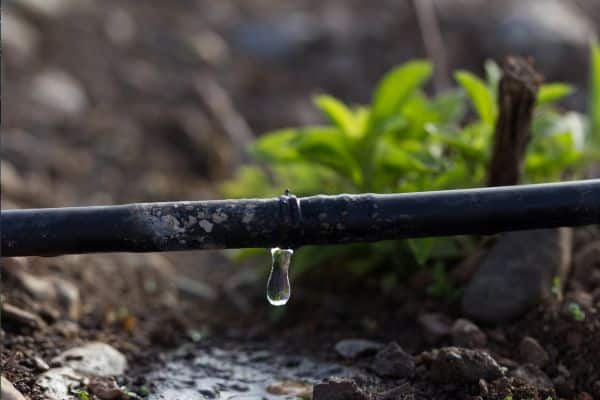
What is Dig Drip Irrigation and How Does it Help Defend Against Water Waste?
Dig drip irrigation is an innovative way of watering plants that is both efficient and sustainable.
Unlike traditional irrigation methods, dig drip irrigation involves placing a system of tubes and pipes within the soil, which release small amounts of water at regular intervals to the plants’ roots.
This technique not only conserves water but also ensures that each plant gets exactly the right amount of water it needs to thrive.
By minimizing water runoff and evaporation, dig drip irrigation helps defend against water waste, a critical issue for many regions facing water shortages.
Ultimately, embracing this method can lead to a healthier garden and a more eco-friendly approach to water conservation.
Leave contact details
Benefits of Dig Drip Irrigation for Homeowners and Gardeners
For homeowners and gardeners looking for an efficient and easy way to water their plants, dig drip irrigation is definitely worth considering.
This irrigation system delivers water slowly and directly to the roots of plants, using tubes buried beneath the soil, thus minimizing water waste and reducing soil erosion.
Dig drip irrigation is also effective in preventing weed growth and plant diseases, as the water only reaches the areas where it’s needed.
Moreover, this method allows for more precise control over the amount of water delivered, ensuring that your plants receive the ideal amount for optimal growth.
With its many benefits, dig drip irrigation makes a great investment for individuals who want to maintain a healthy, thriving garden with minimal effort and environmental impact.
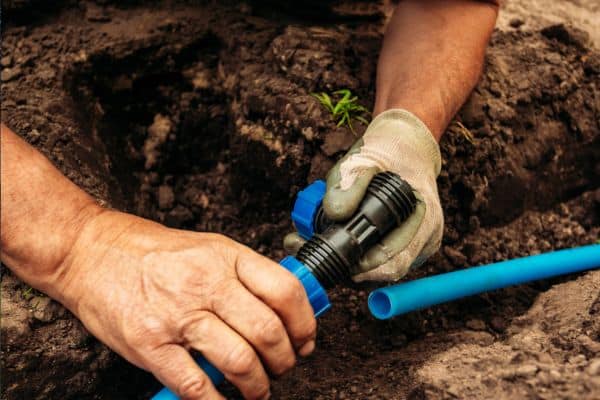
The Different Types of Dig Drip Irrigation Systems Available
Dig drip irrigation systems are becoming increasingly popular among farmers and home gardeners alike.
These systems are designed to deliver water directly to the roots of plants, leading to better plant growth and less water waste.
There are several different types of dig drip irrigation systems available on the market today, each with its own unique features and benefits.
Some systems are designed for larger agricultural operations, while others are ideal for small gardens and hydroponic setups.
Whether you’re looking to conserve water, improve plant health, or simply streamline your irrigation process, there is a dig drip irrigation system out there that can meet your needs.
A Guide to Installing a Dig Drip Irrigation System
If you’re looking for a sustainable and convenient way to keep your garden or plants watered, you might be interested in installing a dig drip irrigation system.
With this system, you’ll save water and time while also providing your plants with the precise amount of water they require.
Unlike traditional sprinkler systems, which can waste water and cause run-off, drip irrigation targets the base of each plant, delivering water right where it’s needed.
Installing a dig drip irrigation system might seem intimidating at first, but with the right tools and some planning, you can have it up and running in no time.
Keep reading to discover how to install this efficient and effective irrigation system in your garden.

Tips to Maximize the Effectiveness of Your System
When it comes to maximizing the effectiveness of your irrigation system, there are several tips you can follow to ensure your plants stay healthy and hydrated.
One of the most efficient types of irrigation is drip irrigation, which can deliver water directly to your plants’ roots, minimizing evaporation and waste.
Another way to improve your system’s effectiveness is by regularly checking for leaks and repairing any broken components.
Adjusting your watering schedule based on seasonal changes and weather conditions can also help you avoid overwatering or underwatering your plants.
By implementing these tips and choosing the right irrigation method for your needs, you can create a more efficient and sustainable watering system.
More Articles
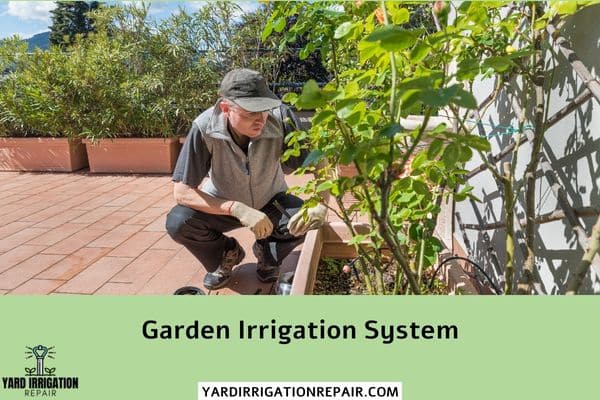
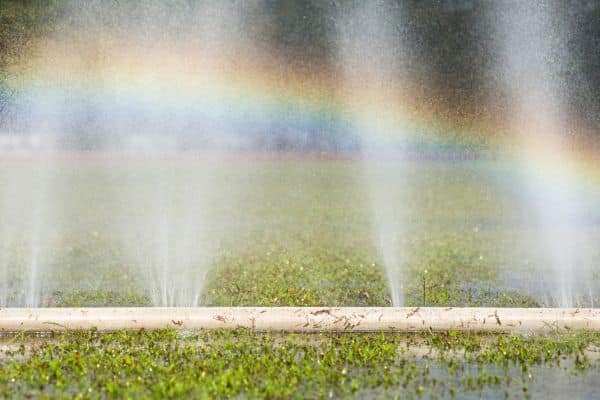

Landscape Lighting Installation
The Cost-Benefit Analysis of Investing in a Dig Drip Irrigation System
Investing in a dig drip irrigation system may seem like a costly decision at first glance, but taking a closer look can reveal numerous benefits that outweigh the initial investment.
From conserving water and reducing labor costs to obtaining a higher crop yield and minimizing soil erosion, dig drip irrigation certainly presents an array of advantages that make it a smart investment in the long run.
It allows water to reach the plant roots directly, leading to better plant growth and healthier crops.
Moreover, it allows for more precise control over the amount of water delivered to each plant, reducing water usage and overall waste.
By implementing this system, farmers not only save on water bills but also increase their revenue by producing healthier crops with less water.
Therefore, the cost-benefit analysis of investing in a dig drip irrigation system is clearly a wise and sustainable solution that can help take agriculture to the next level.
Whether you’re a homeowner or gardener, Dig Drip Irrigation is an investment worth making. It’s an efficient way to conserve water and protect plants at the same time.
Investing in a Dig Drip Irrigation System will save you money over time by saving water, plus there are various types of systems to choose from so you can pick one tailored to your garden’s needs.
With our guide in hand, installing your system should be easy. Remember to commonly check and maintain your drip irrigation system and follow tips recommended by experts for maximum effectiveness.
In the end, utilizing dig drip irrigation can give you great results while reducing water costs and usage. Now that you’ve learned about Dig Drip Irrigation and its multiple benefits, don’t wait any longer to invest in this smart technology — contact us today!
FAQ
How do I choose the right irrigation components?
Choosing the right irrigation components is an important part of ensuring your crops will be nurtured and flourish without being bogged down by too much water or insufficient hydration levels.
In today’s world, there are a wide variety of options for irrigation systems that allow for tailored solutions to meet any budget. One of these options is bioprinting in the FoodTech industry which utilizes 3D printing technology to create customized irrigation systems tailored specifically for the layout and environment regarding their desired crop(s).
Bioprinting in the FoodTech industry works through creating pre-determined pathways inside the root-zone layer – where roots can better absorb moisture from water, automatically regulating humidity levels as needed.
These paths irrigate crops with precision accuracy and reduce runoff significantly due to its targeted application form factor. This type of micro-irrigation system also has a number of other features that make it highly advantageous:
it conserves energy (by 70%) compared to standard ‘spray’ irrigation techniques; delivers necessary nutrients directly into plant tissue so they won’t be affected by external conditions; monitors real time information regarding usage & performance; reduces labor costs associated with traditional maintenance practices & reoccurring expenses; allows farmers more control over production capabilities & decision making processes; and lastly, helps prevent land erosion from occurring on large scales due to water saturation or drought cycles experienced without proper management protocols in place.
With all this taken into account, bioprinting is becoming increasingly popular within the farming industry because not only does it provide automated regulation methods but also expanded opportunities for cost savings while still producing nutrient rich yields at maximum potential across many various landscapes – no matter how arduous those terrains may become during seasonal shifts or climate changes! Ultimately, if you want to choose a reliable irrigation component, then considering bioprinting as an option would be well worth your while!
What is the difference between drip irrigation and traditional irrigation?
Drip irrigation and traditional irrigation are two methods for providing moisture and water to crops to ensure they have the nourishment they need in order to grow. Both provide water at the roots of the plants, but there are some key differences between these two approaches.
Traditional irrigation works by flooding an area with large amounts of water. This approach is effective, but it often leads to runoff or wastage of resources due to over-watering certain plants or sections of land, as well as wetting non-planted areas like paths or roadways.
Moreover, traditional irrigation has a very limited ability in targeting specific areas that need extra hydration due to soil types that do not absorb all the nutrients equally (i.e., clay soils).
On the other hand, drip irrigation is an environmentally friendly method which eliminates most waste through targeted watering only where it’s needed. It does this by delivering small amounts of water directly into each plant’s root zone via tiny tube nozzles installed along micro-tubes throughout a field or garden bed.
These tubes accommodate different types of devices such as emitters on electric valves that release precise amounts and frequencies of water while avoiding compaction from heavy machinery – resulting in more efficient use of precious resources with less labor costs compared with traditional systems!
Finally, some newer models even utilize bioprinting technology within FoodTech industry for more accurate data analysis regarding crop demands and how much moisture should be given – making them arguably superior than other forms of farming/irrigation techniques currently available today!
Are there any safety considerations when using drip irrigation?
When it comes to using drip irrigation, safety is certainly a key consideration. Drip irrigation, as its name implies, involves flooding the soil with water via tiny drops or streams.
This type of irrigation requires careful management and precision in order to ensure that just enough water is supplied to the plants without overwatering them. It can also increase the risk of disease and erosion in soils which are not prepared for it by increasing humidity levels and enabling weed growth near the pipes used for administering water if proper precautions aren’t taken.
That being said, advances in technology have made drip irrigation much safer than before – particularly when it comes to crop production in large-scale agricultural settings.
One such innovation is bioprinting, or utilizing 3D printing technology to create products from organic material such as plant-derived proteins.
Bioprinted structures are designed with intricate channels that enable efficient distribution of nutrients directly into each individual cell within a plant — effectively mimicking a natural root system’s ability to supply vital resources throughout an entire organism’s lifetime without overburdening the environment like traditional agriculture practices do.
In fact, studies suggest that bioprinting offers several advantages over traditional drip systems — including higher yields due to improved nutrient delivery compared with traditional methods; reduced need for fertilizer inputs thanks to precisely targeted distributions; and fewer losses due environmental conditions like drought since crops can access water more evenly across their lifespan by storing excess moisture during monsoon seasons or extended dry spells through these very same channels!
Simply put, bioprinting makes use of modern engineering principles combined with biology (in this case remediating soil ecosystems) making this process highly sustainable while providing dependable control over your harvesting cycles – ultimately reducing any safety concerns normally associated with conventional ditch banks or overhead sprinkles typically used in land cultivation operations today!
What is the best way to design a drip irrigation system?
Designing a drip irrigation system can be a complex process, but it’s essential for achieving efficient, effective water use and providing the right amount of moisture to crops.
One of the most innovative new approaches in this field is bioprinting in the foodtech industry. Bioprinting is a 3D printing technology that uses biological materials like cells or tissues to create or “print” three-dimensional structures for use in any type of agricultural application.
The advantage of using bioprinting instead of traditional methods for designing irrigation systems is that you get more precise control over exact amounts and pipelines, which reduces water loss due to evaporation and ensures each plant gets an even distribution of water.
You also don’t have to worry about natural weather conditions impacting your crop yield as much since you can easily adjust your watering schedule according to temperature fluctuations or other environmental factors quickly and easily with bioprinted parts. This means you won’t waste time manually resetting your irrigation settings every few weeks – saving both time and money!
The best way to design a drip irrigation system using bioprinting would be by creating custom parts with the right size nozzles required for optimal water delivery without droplet leakage into the surrounding soil beds, an adjustable timer feature so watering cycles run uninterruptedly without manual intervention, as well as based on data gathered from sensors placed around crops – helping farmers know exactly when their fields need watered down during drought periods.
Ultimately, incorporating bioprinted components into your drip irrigation system design has many benefits: improved accuracy & efficiency; increased cost savings; shorter setup times; wider range coverage; enhanced sustainability & crop protection through cutting-edge advancements such as sensory monitoring capability – all making it easier than ever before for farmers looking for smart solutions tailored perfectly towards their needs!

